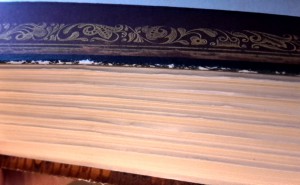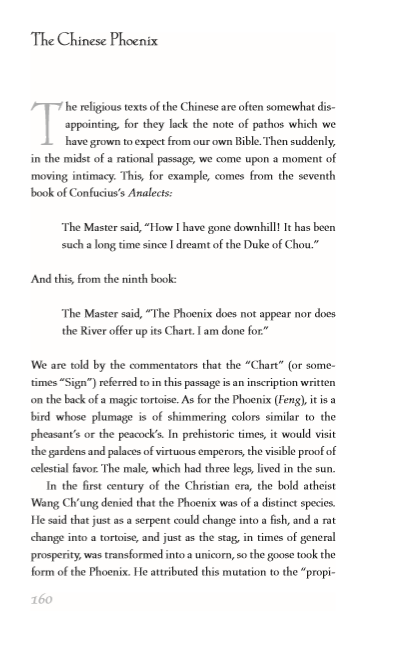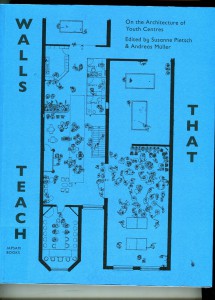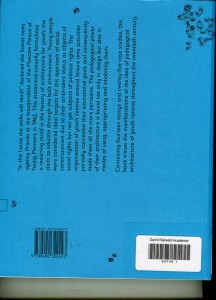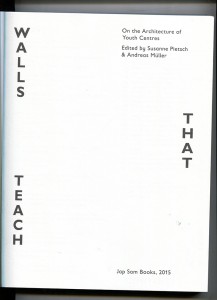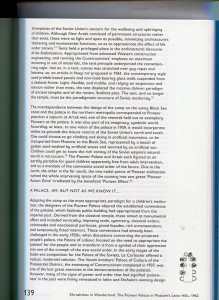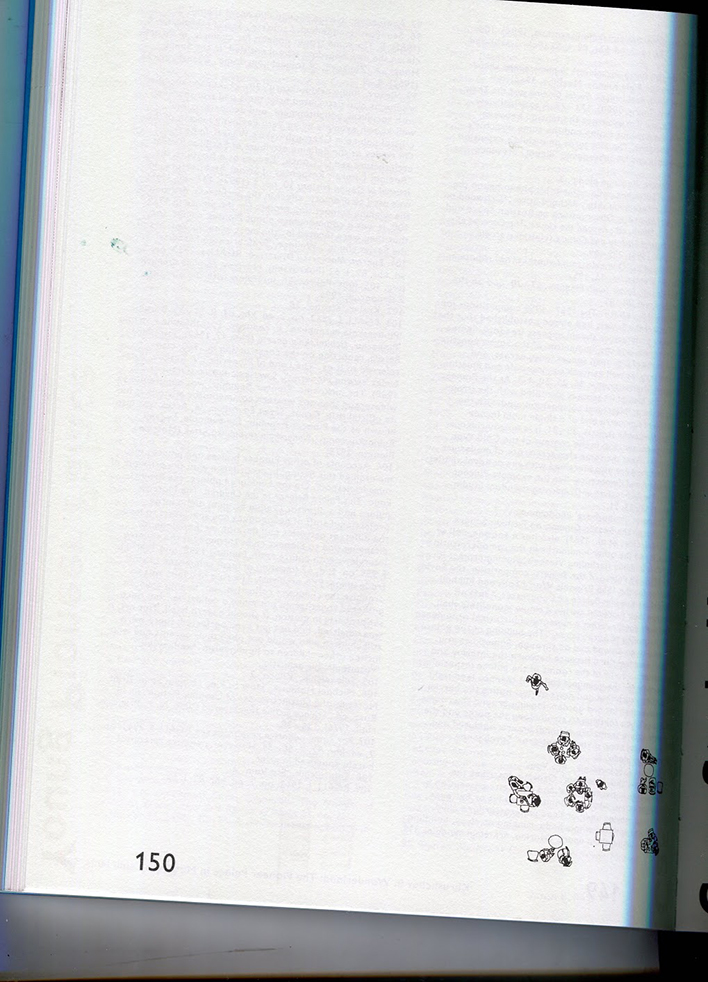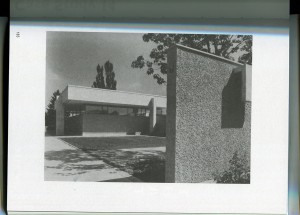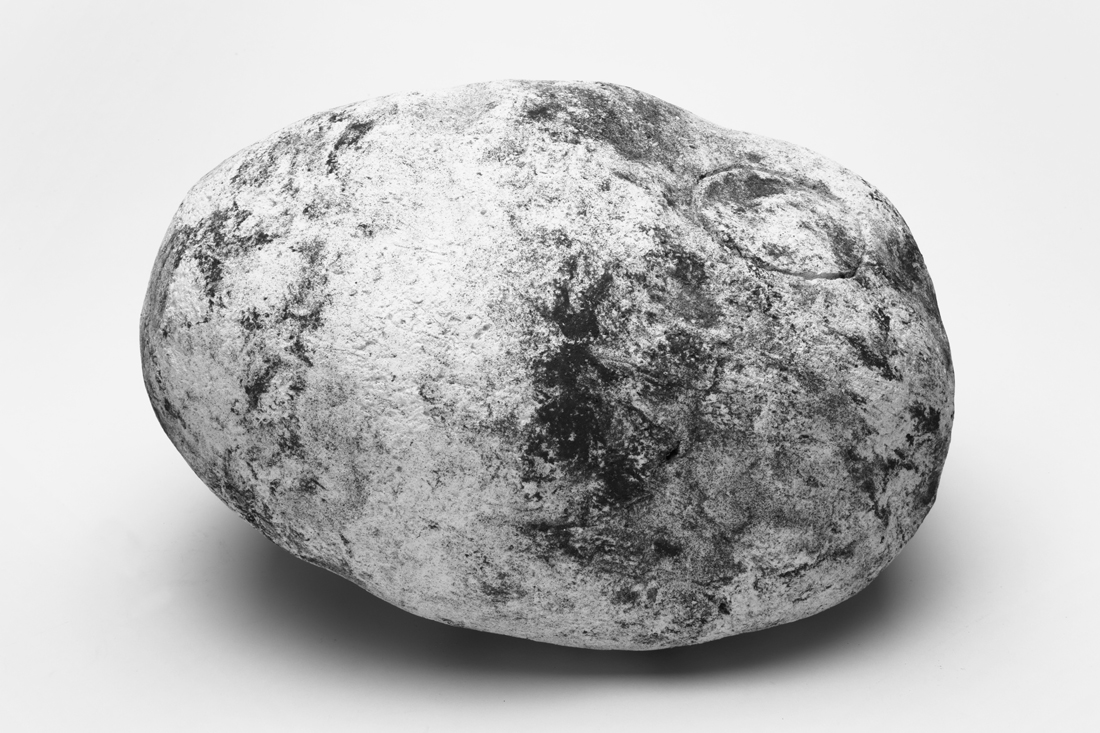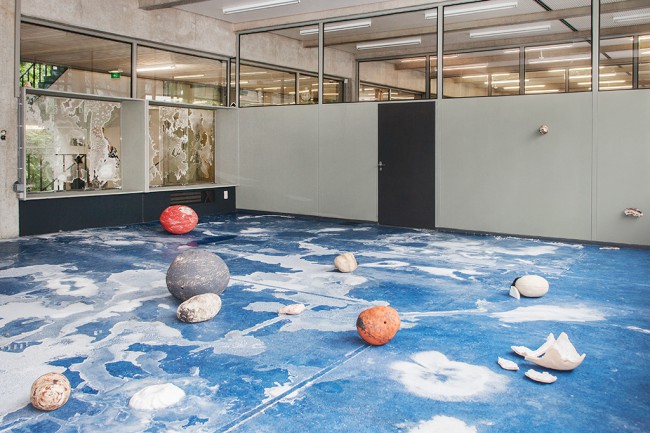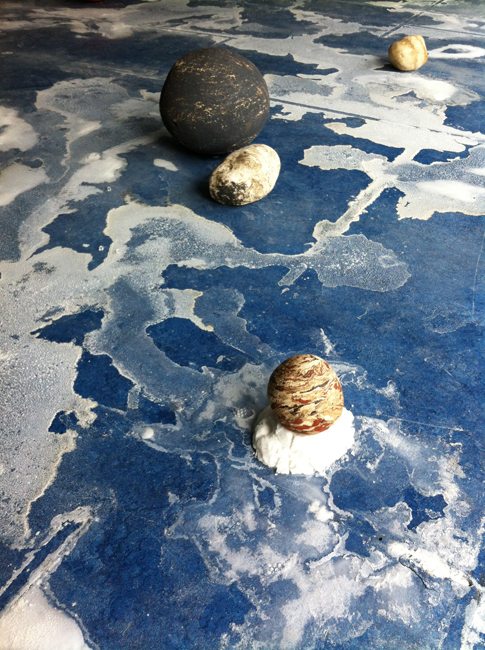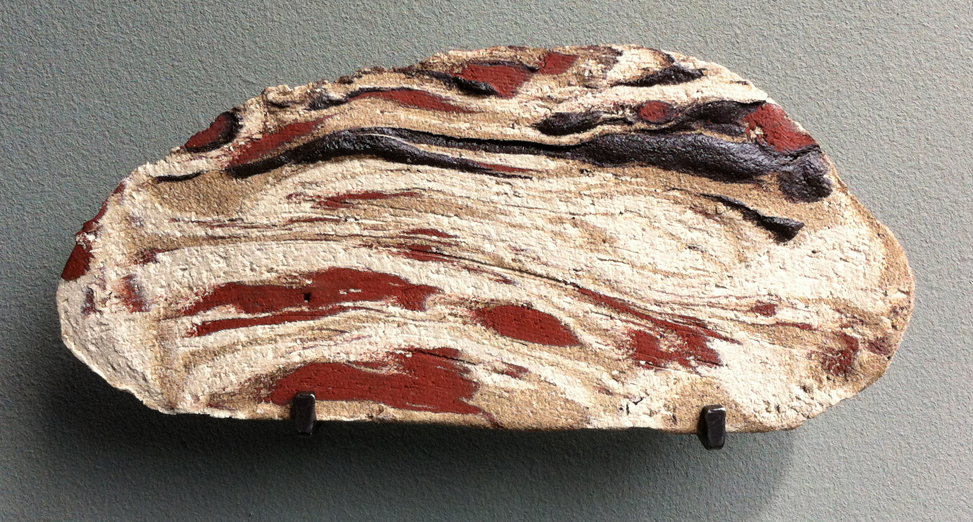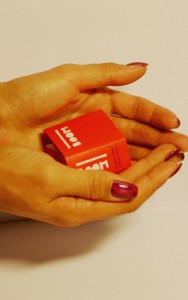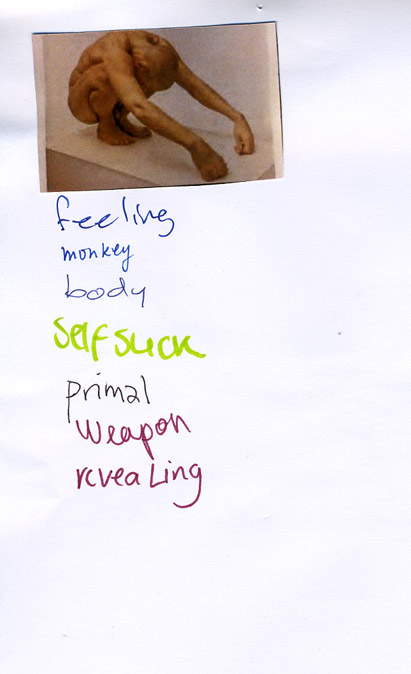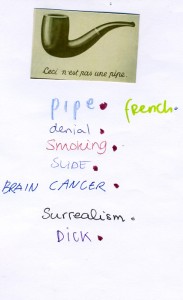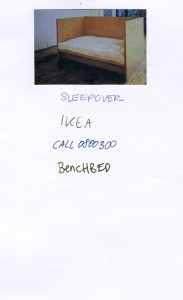” I would say my design-style is pretty classic.
I try to make my designs inviting and appropriate
to the subject matter, whether fiction or non-fiction. ”
– Francesca Belanger
For thirteen years ago Francesca Belange designed the cover of The book of imaginary beings written by Jorges Luis Borges. The only guidelines she got about how the design should be was the length of the book. The author passed away the 14th of June 1986 so communication was impossible, which maybe makes the design work different. Or easier? Because direct opinions do not really exist only the words through the editor. However the book turned out wonderful, with its old but new appearance. And there we have it, that is the reason I choose this book. I loved how it felt when I first held it, when I flipped through the pages and felt the uneven cut of the pages in the book. It reminded me of a really old storybook with a long and rich history. It felt like a book with strong words and that made me curious. I got the urge of wanting to know more about it. And the design, what was the feeling they wanted to accomplish?
Belanger wanted to give the book a dreamy and exotic look. She used the Aldus text font with the Locarno light display to try to achieve it, and I must say that she has. The book look really like a dreamy and of course it is a fantasy novel, but the feeling that this book contains another world strongly appears. It’s interesting to know which font she used, believe it or not but the font says a lot about the book, its feeling, its own language and everything between that.
The book also has many beautiful illustrations of the imaginary beings. They are fantastic as well as the design, I asked Francesa if she had contact with the illustrator Peter Sis, and she had. She says he was lovely but can not recall exactly what they talked about. It’s visible in the work they did together on the book that they had some kind of connection I would say, I think that is important in all work, whatever there is, that there is some kind of affection between the people. Even if they hate each other or do not speak that much to each other. It just has to be there, even if it is just a few words.
Belanger divided the layout of the book based on the placement of the illustrations, and that the imaginary beings needed to start on a new page to give the book style a flow and organization. But also because sometimes the imaginary beings is on a page itself, some times on the same page as the text and sometimes without the border that appears on the full page art, all these decisions were made in relation with the space. Belagner says that this must have been something she asked Peter Sis about. She says that she would never alter art without the acceptance of the artist.
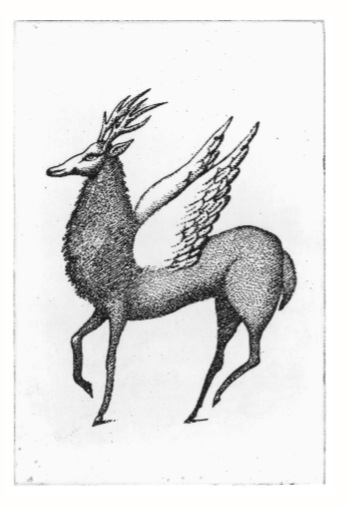
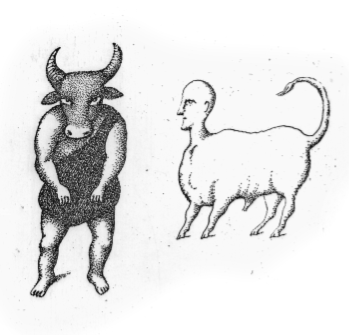
It all comes together to a strong, wonderful book with a strong expression and layout. When I hold the book I get that – I really really want to read this book – feeling. Witch book design are all about.
I like to say that a book jacket or cover has to grab a
reader’s attention, and my job is to invite her in”
– Francesca Belanger
The book of Imaginary Beings, designer: Francesca Belanger, Rietveld Library Cat. no: 855.6 bor 1

